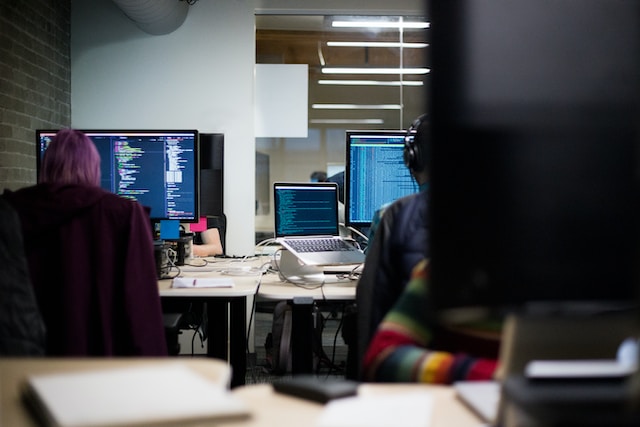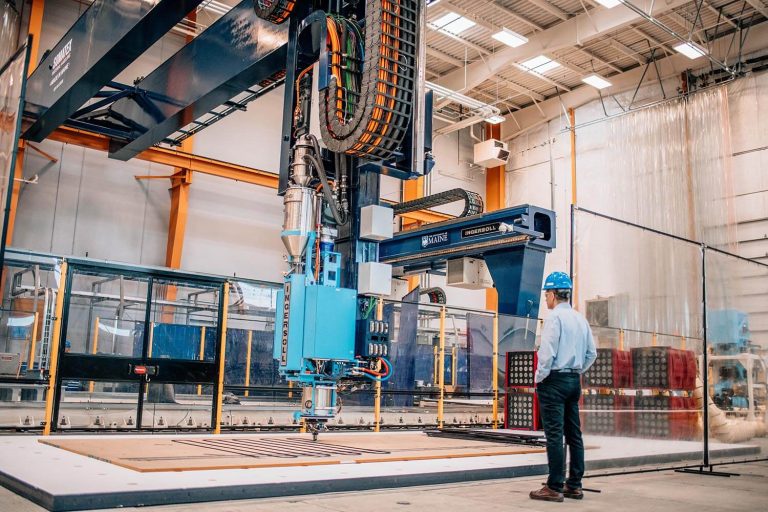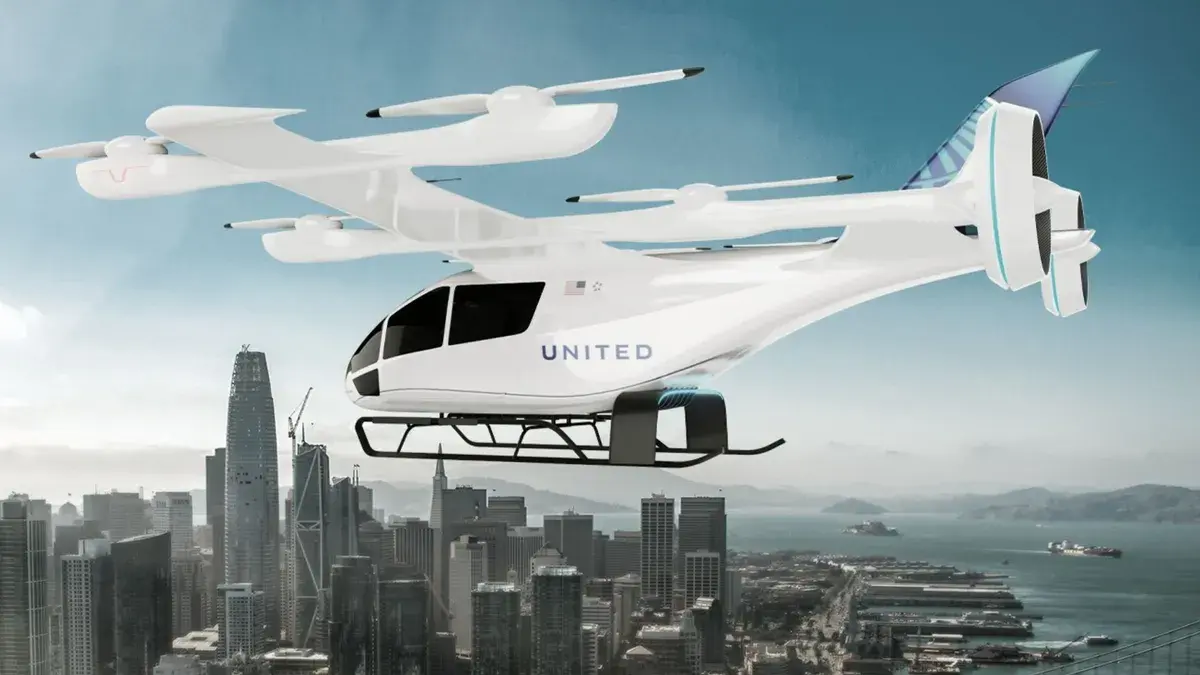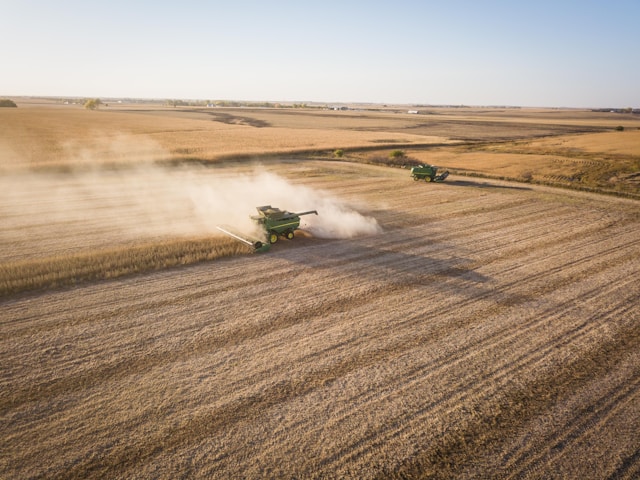In the United States major corporations give large amounts of money to nonprofit organizations each year. In a recent year Walmart gave $342 million in cash and $616 million in products, Goldman Sachs Group, $337 million in cash, Exxon Mobil Corporation, $232 million cash and $2 million in products, Wells Fargo $213 million in cash and Chevron Corporation, $209 million in cash. These are large amounts of money and represent anywhere from 0.4% to 4.1% of profits. One question: how efficiently is this money spent?
New Trend In “Lending A Helping Hand”
A new trend among corporations is providing knowledge and know-how in the form of trained and experienced personnel who troubleshoot problems in nonprofit organizations to help them run operations more efficiently and provide better services and outcomes to their constituents.
Toyota Corporation, one of the most successful corporations of the past quarter century, is well-known for its efficient manufacturing and streamlined operations. Toyota is by no means perfect, but the overall record is impressive. Not many know it, but Toyota Corporation now provides consulting services for organizations and companies outside the auto industry. Much like General Electric’s diversification of its business in the 1980’s and 1990’s, Toyota too is expanding its portfolio. While this new business has been a success for Toyota, they are also offering the same consulting services to nonprofit organizations for free.
Recently, Toyota engineers were called upon to improve the operation of one of New York City’s largest charities known as “The Food Bank.” In a typical day the 50 seats available at the food bank would quickly fill up and a line would form outside. With subtle changes in seating arrangements, waiting areas and rules, the average wait time of 1.5 hours was reduced to just 18 minutes.
In addition, at “Project Hospitality,” a food pantry on Staten Island, where boxes of food are passed out to those in need, Toyota engineers diagrammed the flow of goods from shelves to consumers, identified bottlenecks, reorganized the warehouse space and built an assembly line. Average time to pack a box shrank from three minutes to just 11 seconds.
With results like these more “transfer of knowledge” from America’s leading corporations to nonprofits is expected in the future and looks like a “win win” situation.






